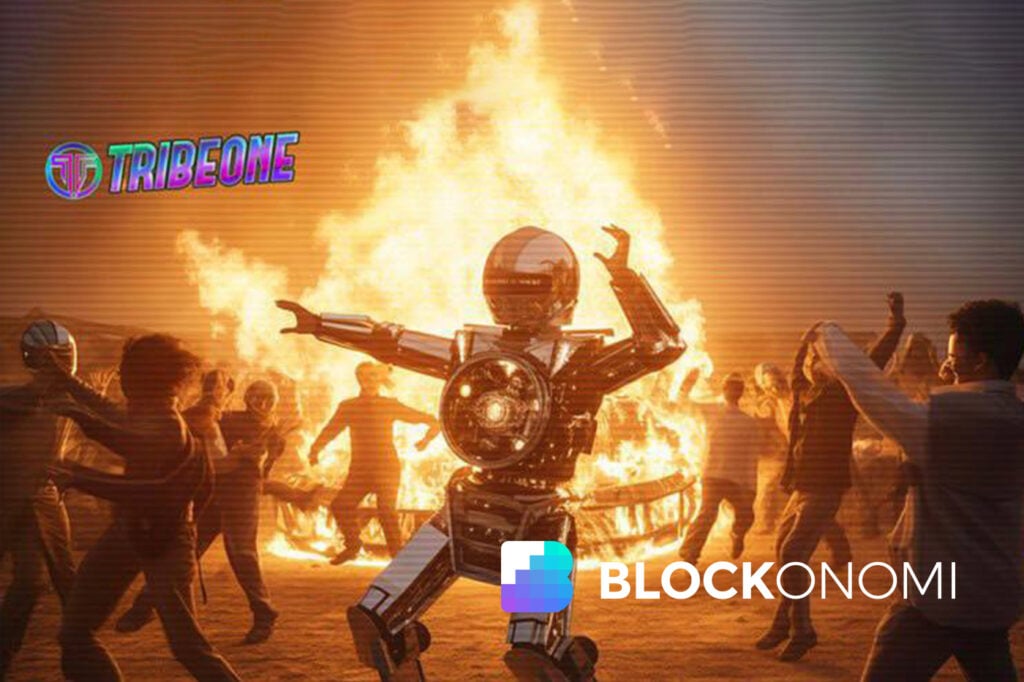The innovative NFT lending and soon NFT perpetuals trading protocol TribeOne is planning on introducing new benefits and utilities to $HAKA holders, all via decentralized, on-chain governance. The proposals are already posted, so we can see what’s inside.
Jump Ahead To:
The need for better tokenomics
During the ongoing bear market, many protocols started facing inflationary pressure on their tokens, as demand and overall amount of capital in the market shrinks. RNDR, ATOM and many others started the discussion on sustainability of their token models, resulting in implementing “2.0” versions of their tokens. This often means lower emissions, additional use cases and deflationary/burning mechanics.
While focused on releasing their innovative NFT perpetuals trading platform, TribeOne doesn’t ignore the trends and sentiment of the market and joins other Web3 protocols in optimizing the tokenomics of their protocol’s token, $HAKA.
Blockchain Governance
As a truly decentralized protocol, any changes need to go through on-chain governance and two new proposals were posted on their governance forum recently, aiming to optimize $HAKA emissions via multiple burning mechanisms.
After the initial discussions with the community and including all the feedback, the proposal will go through on-chain voting (via snapshot.org) and, if passed, through implementation.
TribeOne’s on-chain governance model is similar to other established protocols like Uniswap, AAVE, Apecoin, etc.
The proposals?
- Enable Quarterly Token Buy Back and Burn mechanism
- $HAKA Token Community powered Burn Event
Token buy back and burn
The first proposal sets the stage for the second: use the fees and revenue generated by the protocol (from lending interest and liquidations) to buy back $HAKA.
What is important to note is that this burn mechanism is to be applied retroactively, allocating the fees/revenue generated by the protocol so far (around 15.000 USDT) for the buy back and burn events.
However, the burning mechanism, while lowers the circulating supply may go unnoticed for the users, as it’s usually done OTC. This is where the second proposal comes into play.
Burn event
TribeOne is proposing to engage the community in this by organizing a “burn event”. In this model, the buy back and subsequent burn is not done OTC by the team itself, but by the community. The incentive? The fees and revenue are distributed among the community members that participate in the event – along with other additional prizes such as NFTs and boosts to voting power.
In addition to that, TribeOne treasury committed to burn an additional 20% of $HAKA on top of what the community will decide to burn.
Comparing the “traditional” buy back and burn model to the one proposed hints on the additional benefits:
Instead of the single point of burn – team – you have multiple ones, composed of $HAKA holders and TribeOne community members.
Using this model will bring more eyes on the new tokenomics and allow better visibility for the entire protocol. Higher community engagement is another benefit unique to this model, one that shouldn’t be underestimated in the current market sentiment.
Final notes
The details of the burn mechanisms and the following burn events are still being discussed on the forum. Anyone can join in on the discussion and provide feedback to shape the final proposals.
The post TribeOne is heating up their tokenomics via new $HAKA burning events appeared first on Blockonomi.

